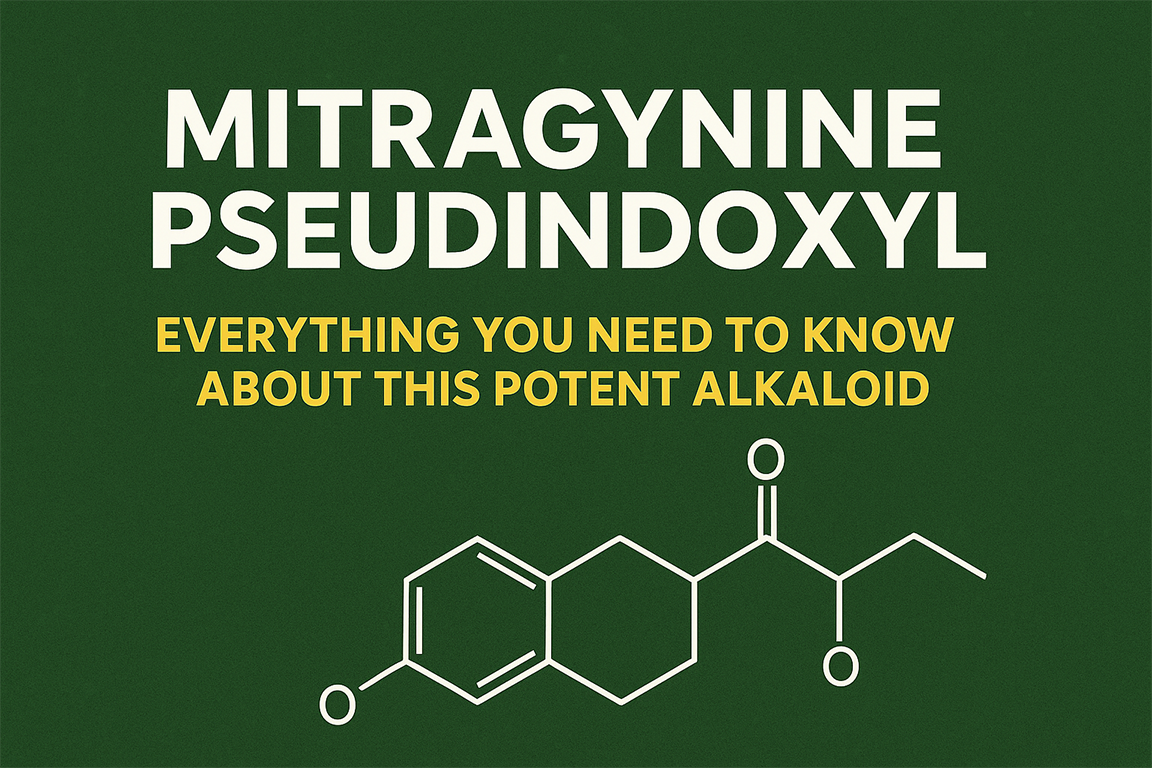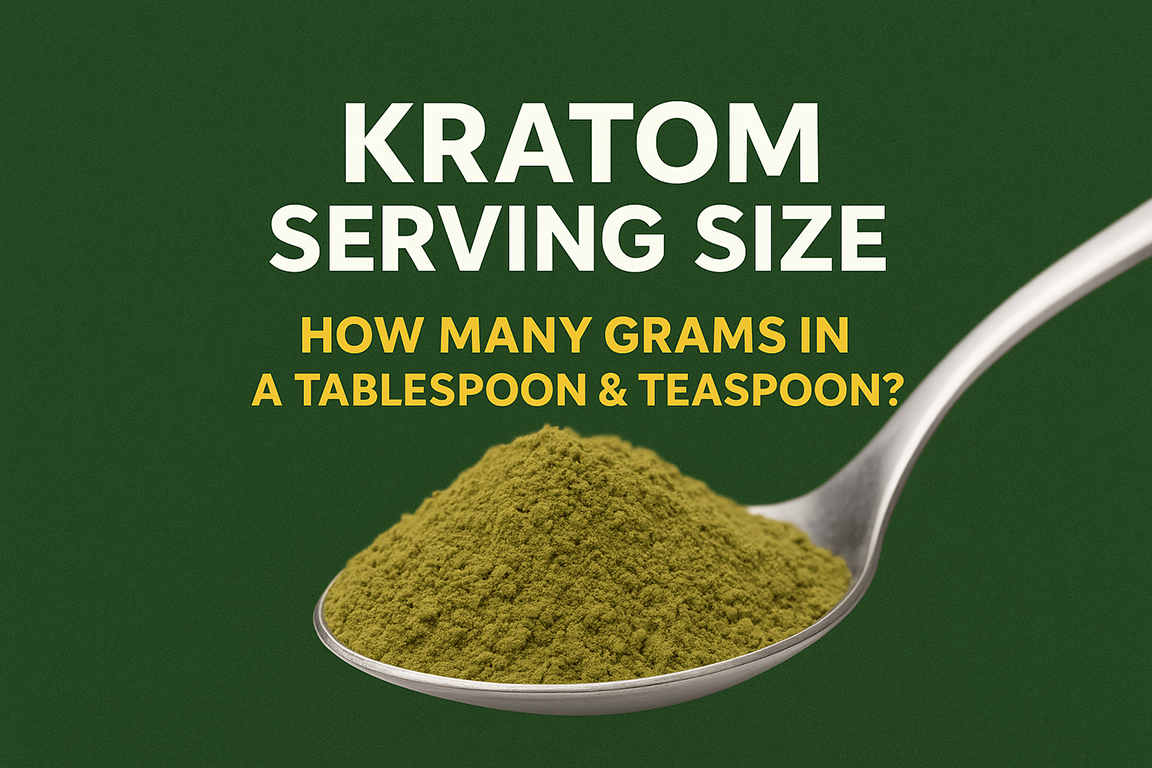News >> Mitragynine Pseudoindoxyl: Everything you need to know about this potent alkaloid
Most Viewed

Mitragynine Pseudoindoxyl: Everything you need to know about this potent alkaloid
Created by: Herman at Nov 09, 2024 845This intriguing compound, found in the leaves of the Mitragyna speciosa tree, commonly known as Kratom, has raised numerous questions and piqued curiosity. In this comprehensive guide, we will delve into the depths of Mitragynine Pseudoindoxyl, unraveling its mysteries and exploring its potential benefits and implications.
Understanding Mitragynine and its derivatives
Before we dive into the specifics of Mitragynine Pseudoindoxyl, it's essential to grasp the basics. Mitragynine is the primary alkaloid in Kratom leaves, alongside 7 hydroxymitragynine, these alkaloids are responsible for the unique properties that Kratom holds. We'll explore the role of Mitragynine and how Mitragynine Pseudoindoxyl differs.
Mitragynine: the most abundant alkaloid in Kratom
Mitragynine is well known for its analgesic and stimulating effects. It's the most abundant alkaloid in Kratom and is often cited as the reason for its popularity among users seeking natural remedies.
Mitragynine is the compound that has garnered the most attention in the world of Kratom. It's the main alkaloid found in Kratom leaves and is responsible for many of its well-known effects. Additionally, Mitragynine can provide stimulation, making it an attractive choice for those seeking a natural energy boost.
Mitragynine Pseudoindoxyl: a novel discovery
Mitragynine Pseudoindoxyl is a relatively recent discovery, and it has sparked significant interest in the Kratom community. This alkaloid stands out due to its unique chemical structure and distinct effects. It is not as abundant in Kratom as Mitragynine, but its potential benefits are worth exploring. Mitragynine Pseudoindoxyl is a rearrangement product of 7-hydroxymitragynine, a metabolite of mitragynine. This rearrangement results in a compound with enhanced analgesic effects. It is notably more potent as an opioid agonist than the parent mitragynine, making it of interest for pain management.
Recent studies have explored the synthesis and potential applications of mitragynine pseudoindoxyl as an analgesic alternative for pain management. However, there isn’t still enough proof to claim that.
Pharmacological profile
Mitragynine pseudoindoxyl exhibits a unique pharmacological profile, making it an attractive subject for research. It acts as a μ opioid receptor agonist while simultaneously acting as a δ opioid receptor antagonist. This dual role, coupled with being a G protein-biased agonist at μ opioid receptors, distinguishes it from conventional opioids.
Cryo-electron microscopy (Cryo-EM) structures have provided valuable insights into how mitragynine pseudoindoxyl interacts with μ opioid receptors, shedding light on its mechanism of action. Additionally, it is noteworthy that mitragynine pseudoindoxyl demonstrates a favorable side effect profile when compared to traditional opioids.
Binding characteristics
Cryo-EM studies have revealed that mitragynine pseudoindoxyl engages distinct subpockets within the μ opioid receptor, leading to diverse active-state conformations on the intracellular side of the receptor. This property impacts the interactions with G proteins and β-arrestins, playing a pivotal role in its pharmacological effects.
Metabolism insights
One of the most intriguing aspects of mitragynine pseudoindoxyl is its metabolic transformation. Oxidative metabolism can convert mitragynine, the primary alkaloid in kratom, into mitragynine pseudoindoxyl in two steps. This metabolic pathway is likely a key factor influencing the complex pharmacological effects of kratom.
Exploring the potential benefits
Now that we have a solid foundation, it's time to examine the potential benefits of Mitragynine Pseudoindoxyl.
- Pain management: Mitragynine Pseudoindoxyl holds the promise of being a natural alternative for pain management. The analgesic properties of this alkaloid have attracted those seeking relief from pain without the use of traditional prescription medications. For individuals searching for natural pain relief, Mitragynine Pseudoindoxyl may offer an intriguing possibility.
- Mood enhancement and stress relief: Mitragynine Pseudoindoxyl's effects on mood enhancement and stress relief are gaining attention. It may have the potential to improve well being and reduce stress.
- Stress is an ever-present challenge in our fast-paced lives. Mitragynine Pseudoindoxyl is being explored for its potential to enhance mood and alleviate stress. Understanding how it may positively impact mental well-being is a crucial part of this exploration.
- Focus and cognitive enhancement: The possibility of Mitragynine Pseudoindoxyl as a nootropic is an exciting avenue of research. It may enhance focus and cognitive function, providing an alternative to traditional cognitive-enhancing substances.
In a world where cognitive performance is highly valued, the potential of Mitragynine Pseudoindoxyl as a nootropic is captivating. This means it might have the ability to enhance focus and cognitive function. Investigating this aspect of the alkaloid may be essential for those seeking cognitive improvement.




